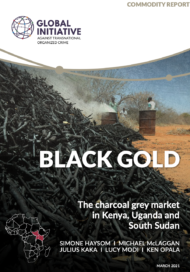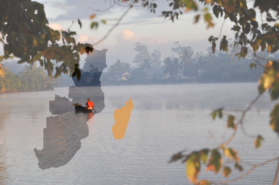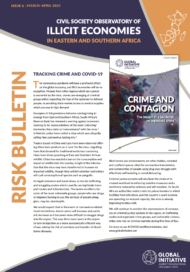Posted on 05 Nov 2021
The trade in coloured gemstones stretches around the world, linking source countries on almost every continent to international trade hubs, mainly in Asia, and on to retail markets. Mozambique is one such source, sitting atop significant gemstone deposits, including precious and semi-precious stones.
The informality and opaque nature of the coloured gemstone industry leaves it vulnerable to smuggling and other criminal activities. The clandestine character is partly a function of the physical nature of coloured gemstones – they are inherently difficult to value and depend on the skill of artisans to draw out their beauty – and partly due to the financial imperative to protect gemstone sources and relationships from potential competitors.
This secrecy that surrounds the trade makes it difficult both to tackle its undesirable effects and to support development in gemstone-producing countries. As such, a critical first step to supporting sustainable development and responsible supply chains is establishing a stronger understanding of supply chains and the networks of actors engaged in the coloured gemstone sector.

This paper provides an overview of the supply chains and flows that run from the mines of northern Mozambique and Malawi, to the international trade hubs of Sri Lanka and Thailand. Analysis of the political and economic environment in which mining and trading take place gives a contextual understanding of gemstone flows both within and out of the region as well as the various actors involved.




